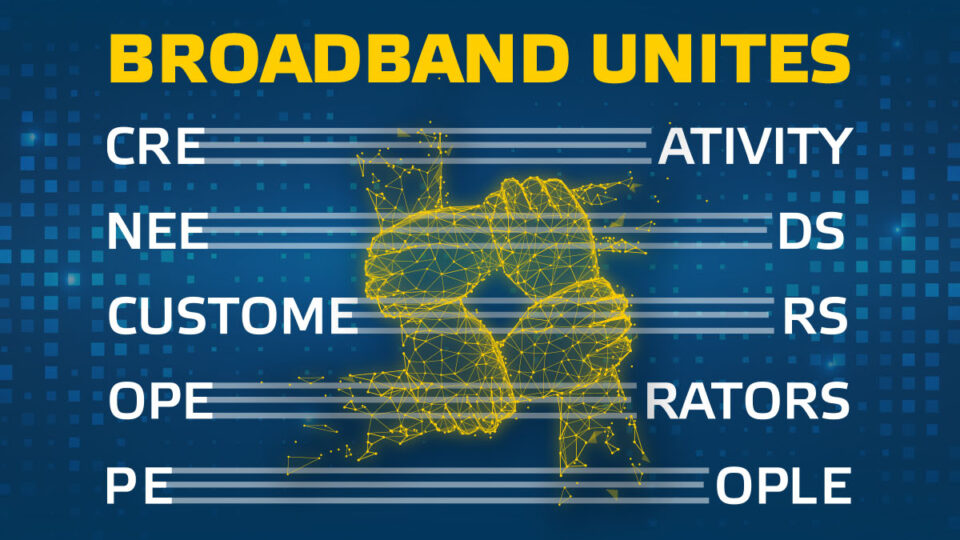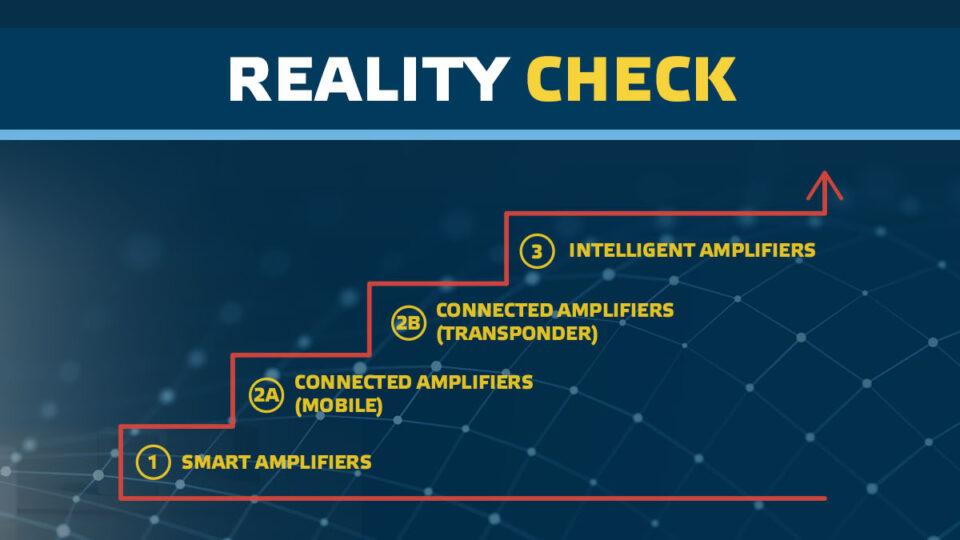
Demystifying Intelligent Networks
As cable operators upgrade their network infrastructure to meet the rising capacity demands, there are opportunities to bring more intelligence into networks as well. Many of our customers have used the Intelligent Networks technology for quite some time already. With large-scale distributed access deployments gradually growing, now is the perfect time to focus on what it would mean to make cable networks intelligent for those operators that have not yet done so.
In a nutshell, Intelligent Networks comprises advanced optical nodes and amplifiers in a cable access network. Traditionally, these network elements have been aligned manually, meaning that a technician visits the site with a measurement device and a bunch of plugin equalisers and attenuators to manually align the signal levels as needed for the optimal network performance.
With Intelligent Networks, we have basically automated all of that. We have integrated many sensors in our amplifiers and nodes that measure a high number of parameters, such as signal levels, internal temperature and power consumption, for example. We have also developed algorithms and software turning the sensor data into automatic adjustments of the network elements. All these electronic adjustments and measurement capabilities allow exposing the network elements to remote control, monitoring and troubleshooting from the network operating centre.
The benefits of establishing Intelligent Networks technology can be concisely described under the banner ‘automation’. Recently, when talking about automation in the cable industry, the term has started to refer to software and cloud-based technologies. We, however, have introduced automation way ahead of these solutions by placing the technology in the network elements themselves.
Cable network operators are always looking for ways to improve the efficiency and performance of their networks. Intelligent Networks technology is ready to help them achieve these goals.
Among the benefits realised by the technology is automatic ingress detection and suppression, allowing the detection of ingress in any coax port and then suppressing the ingress automatically to narrow the disturbance to a limited set of subscribers. This improves service availability for subscribers and allows the operator to reduce truck rolls to hunt for the locations where ingress enters the network.
Another example of the benefits is split frequency change in a coax network which, with the Intelligent Networks technology, is a very simple operation carried out by a technician visiting the site and swapping the diplexer filter modules. The amplifier then automatically detects the new modules and aligns itself to the optimal level without any intervention from the technician. Again, it is a very fast field operation with a very short service outage and a very quick truck roll.
When it comes to device power consumption, the technology allows detecting the actual network load from amplifiers and nodes, which is typically much lower than the device is capable of managing. For instance, the next 1.8 GHz amplifiers have much more capacity, and it will likely be used only partially for the first years. The intelligent amplifier can detect how much load there actually is and, if not at the maximum, the bias current to the gain blocks can be adjusted down and significant power savings can be achieved. Our measurements show that up to 20% of the total network power consumption can be realistically saved by utilising the technology.
In 1.8 GHz networks, the capacity of the coax downstream system will be limited by the total composite power capacity of the amplifiers. With automatic level adjustments, the amplifier levels can be kept very close to the optimum level regardless of the temperature variations in the outside plant. When the levels are optimal, the network can operate much closer to the maximum total composite power capacity of the amplifiers. The perfect alignment and stability of the downstream system, in turn, give you more gigabits per second.
For the upstream, which will be extended to 200 MHz, 400 MHz and maybe even beyond, the temperature compensations are just as important because of the much wider upstream spectrum than operators have used so far. When the intelligent amplifier knows the optimum levels for the downstream, the technology utilises algorithms and rules to define the optimum level settings for the upstream and maintain them very accurately. Again, the benefit for operators is that, with the same network, there are more gigabits per second, which this time is from subscribers towards the network.
Cable network operators are always looking for ways to improve the efficiency and performance of their networks. Intelligent Networks technology is ready to help them achieve these goals.
Hanno Narjus
Hanno Narjus
I’m currently in charge of Teleste’s global Networks business, and the CEO of the US-based Teleste Intercept. During more than 30 years in the ICT sector and the cable broadband industry, I have hold several decisive positions enabling me to drive the continuous evolution of network technologies that improve cable MSOs total cost of ownership alongside the quality of services for subscribers. See my LinkedIn.



